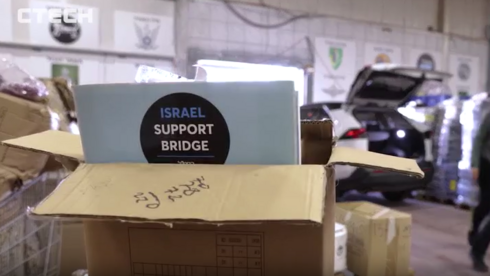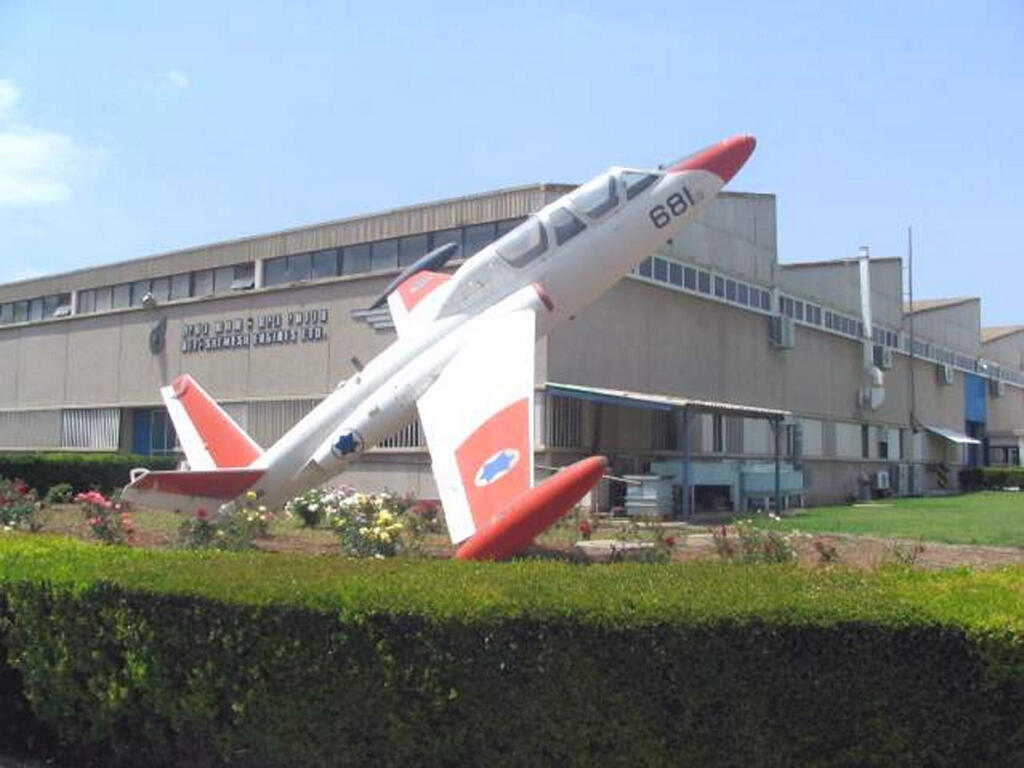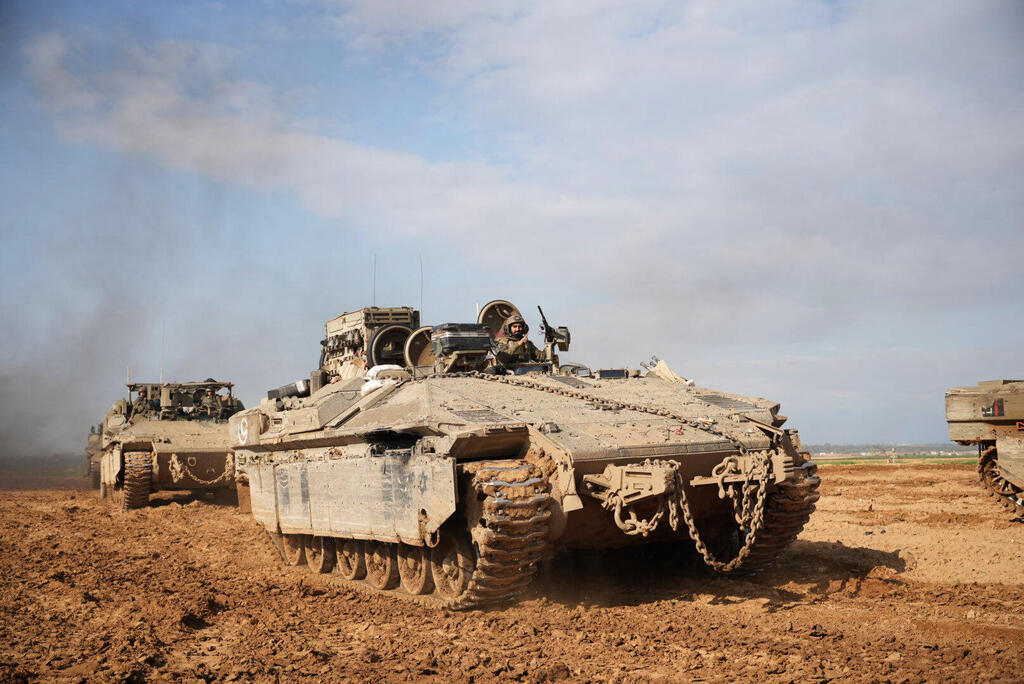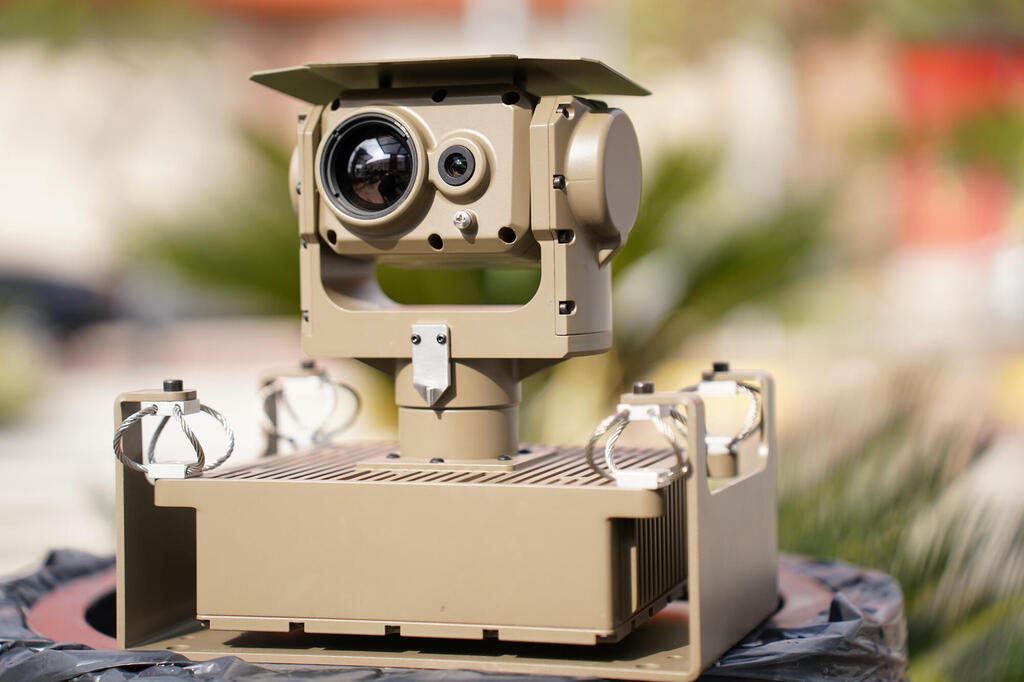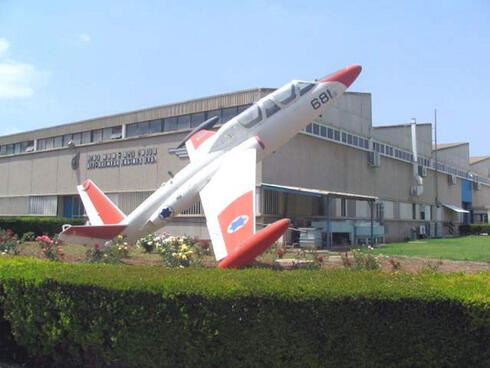
Small defense firms see big gains as war drives massive investments
The billions that the defense system pours into the weapons manufacturers also flow to small companies that produce unique products integrated into larger systems. Companies accustomed to turnovers of tens of millions of shekels are now facing orders in the hundreds of millions. "The great wave of demand is still ongoing, and there are more orders on the horizon," says one of the suppliers.
Since the start of the war in Gaza on October 7, the Ministry of Defense has made purchases from Israeli companies amounting to approximately NIS 40 billion (approximately $10.9 billion). This sum, indicating a three-fold increase over the average annual procurement by the ministry in recent years, is expected to rise further in the coming year. The trend involves equipping the IDF with the necessary systems and ammunitions for current missions, renewing and increasing stocks to support ongoing fighting in Gaza, preparing for a potential war with Hezbollah in Lebanon, and conducting restoration and maintenance work for hundreds of tanks and APCs after prolonged combat, along with accelerating the production rates of additional armored vehicles on an unprecedented scale.
As of last October, Israel's defense procurement totaled approximately NIS 63 billion. Approximately 32 billion shekels of this went through the procurement administration to the local market, involving extensive orders for the entire defense industry from Rafael, IAI, and Elbit Systems to hundreds of smaller companies specializing in assemblies and follow-on products for central weapons systems. Another NIS 8 billion financed local procurement by other Ministry of Defense departments, particularly the Directorate of Defense Research & Development (DDR&D), managing plans to equip systems for detecting and identifying explosive drones and suicide UAVs targeting Israeli sites and IDF forces, especially near the Lebanese border.
Billions for tanks and APCs
One of the focus areas of investments will be directed towards armored fighting vehicles (AFVs) used by the IDF's special units and produced in Israel. These include the Merkava tanks and their new generation, the Barak tank, along with the Eitan and Namer APCs. The budget allocated for this in recent years was about a billion shekels, although there were constant questions regarding the relevance of the tanks for the future military conflicts for which the IDF is supposed to be preparing for. "After the war broke out, this industry got a new boost when it was proven that the power of tanks and other types of anti-tank weapons was still crucial," Deputy Director General and Head of the Directorate of Production and Procurement Zeev Landau told Calcalist. "We are making a great effort In everything related to the acceleration of the production of the APCs."
A focus area of investment is the handling of armored fighting vehicles (AFVs) used by the IDF's special units and produced in Israel by the Ministry of Defense and the Army's Administration of the Merkava Tank Program and the Chief of Staff of the Ministry of Defense and the Army. At its central site in Tel Hashomer, it manufactures Merkava tanks and their new generation, the Barak tank, along with the Eitan and Namer APCs. The budget for this in recent years was about a billion shekels, although there were constant questions being raised regarding the relevance of tanks for future military conflicts. "After the war broke out, this industry got a new boost when it was proven that the strength for tanks and other types of anti-tank weapons was not lost," said Deputy Director General and Head of the Directorate of Production and Procurement Zeev Landau. "We are making a great effort to accelerate the production of APCs, and it is still ahead of us."
The planned acceleration of tank and APC production will have significant budgetary implications, amounting to billions of shekels in the coming years. Conservative estimates in the defense establishment include doubling the annual budget for the Tank and APC Directorate to approximately 2 billion shekels, alongside considerable investment in the rehabilitation and maintenance of hundreds of tanks after months of intensive activity in the Gaza Strip.
The Ministry of Defense says the extensive procurement from local industries is deliberate policy led by Director General (ret.) Eyal Zamir to strengthen them, maximizing independent production capabilities in the country. These transactions bring dream numbers to small and medium-sized companies, transforming their modest turnovers into substantial sums. For example, about a week and a half ago, the Ministry of Defense issued Imco Industries, which deals with electrical systems for tanks and armored vehicles, an order updating its multi-year framework agreement to about 380 million shekels, doubling its order backlog to about 730 million shekels.
AI and drone detection systems
ThirdEye, developing AI-based systems for detecting drones and UAVs, received orders from the Ministry of Defense totaling NIS 21 million since the war began, doubling its revenue compared to the entire year of 2023, with its market value jumping to over NIS 120 million. Beit Shemesh Engines, under Yishai Davidi's FIMI, engaged in renovating and producing jet engines, received orders worth about half a billion shekels in recent months, with potential for additional similar orders.
In addition to renewing systems for tanks and other armored vehicles damaged or worn out in the Gaza conflict, the Ministry of Defense is considering a comprehensive improvement of older tanks used by the IDF in the past, such as Merkava 3. Before the war, the ministry was in advanced negotiations to export many of these abroad, but the move was blocked by Director General Zamir. Improving these tanks, including enhancing their protection and firepower, will require purchasing assemblies from hundreds of small and medium industries.
According to a senior defense industry official, "The phenomenal figures presented by companies in the field do not yet include the flow of orders directed by the Ministry of Defense since the beginning of the war. What we are seeing now is just the beginning of the tip of the iceberg, and more will come during the year and 2025."








